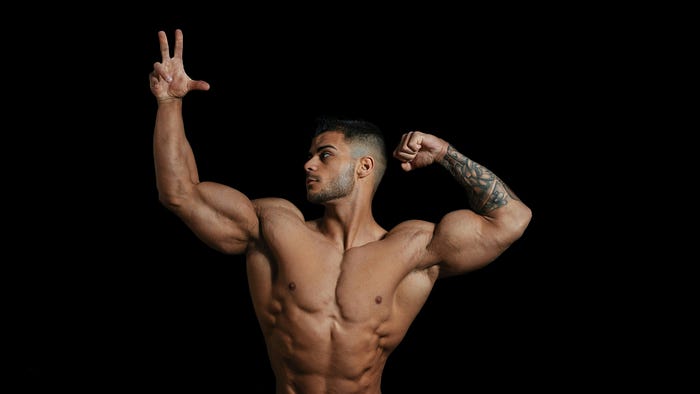Unlocking Functional Fitness: The Key to Holistic Strength
Written on
Chapter 1: The Gaps in Conventional Bodybuilding
When we think about fitness routines, most of us are familiar with the essential compound exercises that are the cornerstone of traditional bodybuilding. Movements like pull-ups, deadlifts, squats, and bench presses, if performed regularly over time, can significantly increase strength. This is the foundation of bodybuilding principles, which emphasize:
- Progressive overload
- Mind-muscle connection
However, these exercises often fail to replicate the natural movements we perform in our daily lives. True human movement requires the coordination of our entire body rather than merely stabilizing the core to lift heavier weights over time.
At the core of our body's control system are our spine and core. Yet, we frequently hear advice to brace our core and stabilize our spine, focusing instead on isolating specific muscle groups.
So, what can we do differently?

Chapter 1.1: Discovering the Missing Link
In my earlier gym days, I dedicated myself to those foundational compound lifts. Despite gaining strength, I often felt something was amiss. As an athlete, I noticed my muscles were frequently sore, and my shoulders and hips felt tight, leading me to realize that this strength did not effectively translate into my athletic performance.
It wasn't until I ventured into calisthenics that I experienced a breakthrough. While I still utilized weights for progress, my primary goal shifted from merely increasing muscle size to enhancing my range of motion and joint mobility.
I became fascinated by various movements like the pike, middle split, and back bend—skills I initially found daunting. Yet, the more I delved into them, the more I understood how interconnected our bodily responses are to external challenges.
Now, my body feels better than ever, and I have gained deeper insights into its mechanics.
Section 1.1.1: Incorporating Functional Movements
The missing link in traditional bodybuilding can be addressed by integrating specific movements outside the confines of weightlifting. For example, consider performing shoulder presses and bench presses to develop large shoulders and a robust chest. However, this approach could severely limit your shoulder range of motion.
Instead, introducing movements such as:
- Bear Walks: To enhance shoulder mobility by pushing your body away.
- Shoulder Wall Flexion: To promote upper back extension.
These exercises can help alleviate the tightness caused by heavy lifting and the sedentary posture often adopted during long work hours.
Section 1.2: Addressing Common Tightness Areas
Many individuals experience tightness in common areas such as:
- Hamstrings
- Lower back
- Ankles
- Hips
This tightness often stems from insufficient attention to these regions, leading to a decline in flexibility over time. Fortunately, dedicating just five minutes daily can significantly improve your mobility.
Chapter 2: Structuring Your Mobility Routine
To maintain a balanced routine, aim for five minutes of stretching for each muscle group weekly. Beginners may start with 2–4 sets of static holds lasting 30–60 seconds. You can gradually increase the hold duration while reducing the frequency, as consistency is more effective than intensity when it comes to flexibility.
Select stretches based on your specific objectives. For instance:
- Hamstrings: Perform bear walks, focusing on raising your hips.
- Shoulders and Back: Engage in crawl switches between bear crawls and crab walks, maintaining shoulder stability.
- Adductors: Utilize gravity splits to open up your hips.
- Hips: Implement hip switches to encourage internal and external rotation.
This overview serves as an introduction to animal movements and advanced flexibility exercises tailored to your goals. You can progress in these movements just as you would with traditional bodybuilding workouts.
Chapter 3: Understanding Your Body's Needs
Ultimately, the missing link is recognizing your body’s requirements. Chasing arbitrary goals like becoming bigger and stronger can lead to an endless cycle. I’ve experienced this myself. Now, my focus is on functional strength and longevity.
I’ve shifted away from traditional bodybuilding exercises in favor of:
- Weighted calisthenics
- Zone 2 and Zone 5 cardio
- Weighted mobility workouts
These alternatives not only make me feel stronger but also promote long-term health.
The Missing Link in Training - No One Talks About
This video delves into the often-overlooked aspects of training that can significantly enhance your fitness journey.
The MISSING LINK to HEALTH, FITNESS and LIFELONG GAINS
This video explores the essential connections between health, fitness, and sustainable progress, offering insights for lifelong gains.
Join my newsletter for free access to my articles and gain insights into hybrid functional training through my fitness experiments!